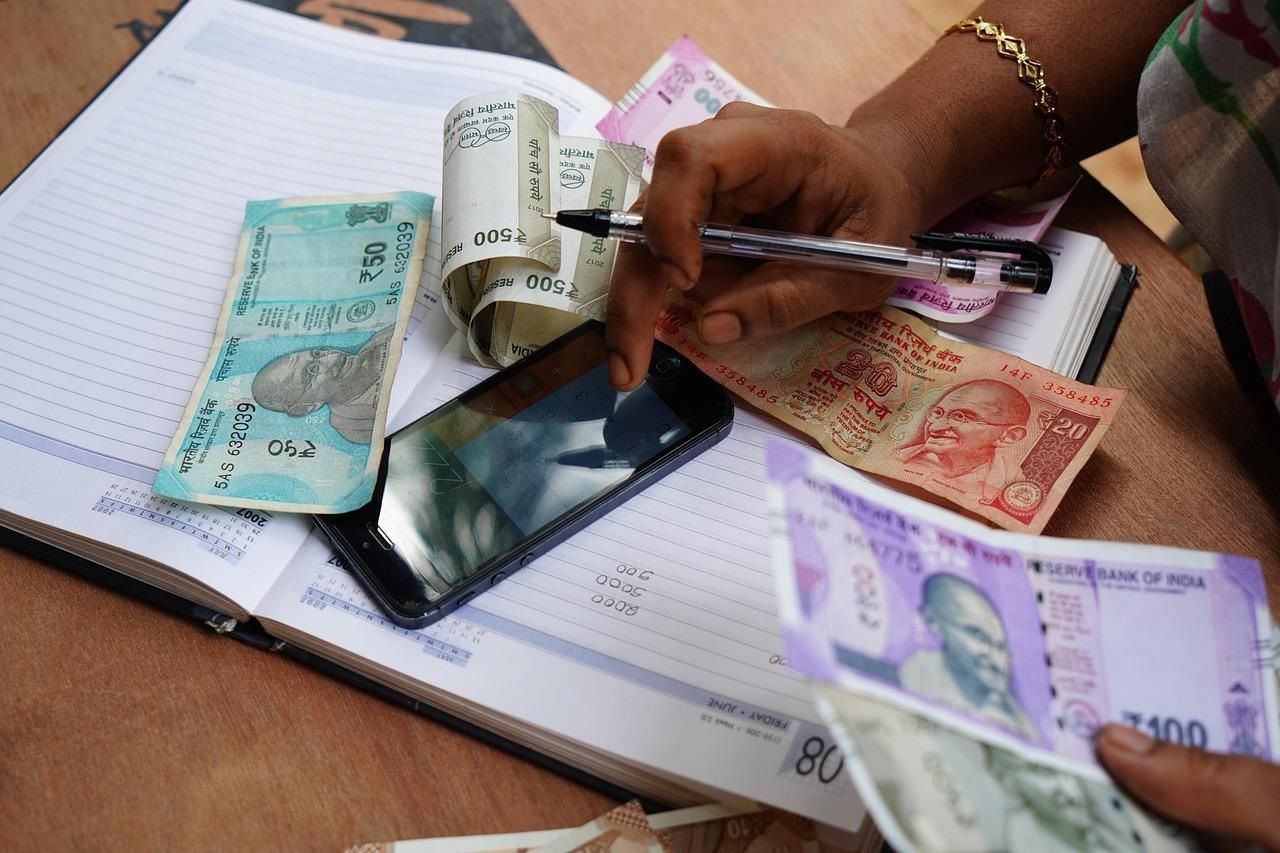
The Indian government is set to borrow ₹8 lakh crore within the next six months, as per the latest announcement by the Ministry of Finance. This borrowing will be facilitated through the issuance of government bonds with maturities ranging from 3 to 50 years. The government plans to issue treasury bills worth ₹19,000 crore every week from April 1 to June 30 as part of this initiative. Additionally, ₹10,000 crore will be raised through green bonds.
Breakdown of Government Borrowing
The bonds issued by the government will have different maturities:
- Short-term bonds of 3, 5, 7, and 10 years
- Long-term bonds of 15, 30, 40, and 50 years
Out of the total borrowing, 26% will be raised through 10-year maturity bonds. The government borrows to bridge the fiscal deficit, which arises when its expenditures exceed its revenues.
Understanding the Need for Borrowing
Similar to household budgeting, the government prepares an annual budget that estimates revenue and expenditure. For FY 2025-26, the total government expenditure is projected at ₹50.65 lakh crore, while revenue collections (tax and non-tax) are expected to be around ₹34.96 lakh crore. This leaves a fiscal gap of ₹14.82 lakh crore, which will be met through borrowing.
The fiscal deficit for FY 2025-26 is estimated at 4.4% of GDP, amounting to ₹15.68 lakh crore. The Indian government typically borrows in two phases within a financial year to manage these deficits.
Expert Opinions on Government Debt
Financial expert Sharad Kohli pointed out that India's borrowing levels are comparatively lower than global economies like the U.S., where the debt-to-GDP ratio stands at 130%. In contrast, India’s central government debt is around 57-58% of GDP, while the combined state and central government debt is approximately 83% of GDP.
The Fiscal Responsibility and Budget Management (FRBM) Act, 2003, sets borrowing limits, allowing annual borrowing up to 3% of GDP and a total public debt limit of 60%. As per these guidelines, India's borrowing remains within permissible limits.
Government Bonds and Their Significance
Government bonds, also known as government securities (G-Secs), are debt instruments issued to raise funds. While private companies also issue bonds for business expansion (corporate bonds), government bonds are considered safer due to government backing.
The government will also issue ₹10,000 crore in green bonds, which are specifically meant for funding environmental projects like solar, wind, and hydro energy. Treasury bills (T-bills), on the other hand, are short-term debt instruments issued at a discount and redeemed at face value upon maturity.
Can the Public Invest in Government Bonds?
Yes, retail investors can invest in government bonds through the Reserve Bank of India (RBI). Initially, these investments were restricted to large institutions, but now individuals can invest with a minimum amount of ₹100. The average return on these bonds ranges between 6% and 7%, depending on the maturity period.
Small savings schemes like PPF (Public Provident Fund) and NSC (National Savings Certificate) also contribute to government funding.
Rising Debt Burden on Indian States
A report by Care Ratings predicts that by March 31, 2025, state government debt will reach ₹94.4 lakh crore, equivalent to 32.7% of their Gross State Domestic Product (GSDP). The debt is expected to rise further to ₹103.6 lakh crore by FY 2025-26, primarily due to increased capital expenditure and widening revenue deficits.
Top 10 Indian States with the Highest Debt
According to Business Today, Tamil Nadu holds the highest state debt at ₹8.3 lakh crore, followed by:
- Uttar Pradesh: ₹7.7 lakh crore
- Maharashtra: ₹7.2 lakh crore
- West Bengal: ₹6.6 lakh crore
- Karnataka: ₹6 lakh crore
- Rajasthan, Andhra Pradesh, Gujarat, Kerala, and Madhya Pradesh also feature among the most indebted states.
Punjab’s debt is expected to reach ₹4.17 lakh crore by March 2025, making it the second most indebted state in terms of debt-to-GSDP ratio, after Arunachal Pradesh.
Economic Implications of Rising State Debt
Experts express concern over the deteriorating financial health of states like Kerala, Rajasthan, and Punjab, where debt levels have reached nearly 50% of GSDP. Some states, like Himachal Pradesh, have even struggled to pay salaries to government employees in recent months.
While the FRBM Act allows states to borrow an additional 0.5% in emergencies, failure to adhere to fiscal discipline can negatively impact their creditworthiness. This, in turn, can lead to difficulties in securing further loans and reduced financial assistance from the central government.
The Indian government’s borrowing strategy aims to finance infrastructural projects and welfare schemes while keeping fiscal deficit in check. However, rising state-level debt remains a significant concern, with some states nearing unsustainable debt levels. Economic stability will require a balanced approach to borrowing, spending, and revenue generation in the coming years.




